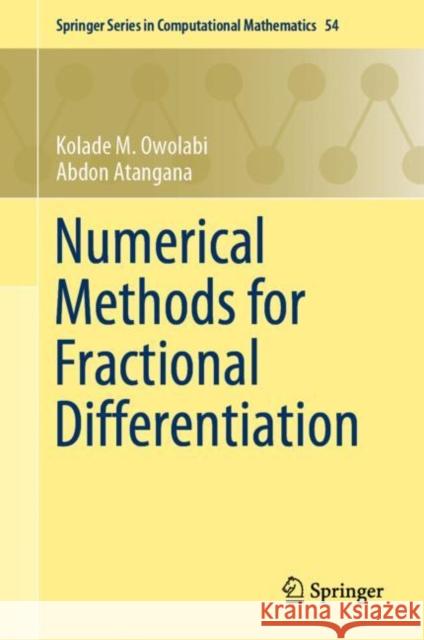Numerical Methods for Fractional Differentiation » książka
topmenu
Numerical Methods for Fractional Differentiation
ISBN-13: 9789811500978 / Angielski / Twarda / 2019 / 328 str.
Numerical Methods for Fractional Differentiation
ISBN-13: 9789811500978 / Angielski / Twarda / 2019 / 328 str.
cena 523,30
(netto: 498,38 VAT: 5%)
Najniższa cena z 30 dni: 501,19
(netto: 498,38 VAT: 5%)
Najniższa cena z 30 dni: 501,19
Termin realizacji zamówienia:
ok. 22 dni roboczych
Dostawa w 2026 r.
ok. 22 dni roboczych
Dostawa w 2026 r.
Darmowa dostawa!
Kategorie:
Kategorie BISAC:
Wydawca:
Springer
Seria wydawnicza:
Język:
Angielski
ISBN-13:
9789811500978
Rok wydania:
2019
Dostępne języki:
Numer serii:
000904294
Ilość stron:
328
Waga:
0.59 kg
Wymiary:
23.88 x 15.75 x 1.78
Oprawa:
Twarda











